10 Signs Revealing You Have Testicular Cancer
Testicular cancer is something about which all men should be knowledgeable. For the most part, the cancer begins in the germ cells, or sperm-producing cells. The testicles are the most common location for the development of cancer, but it can also start at the rear of the abdomen, the chest in between the lungs, the lower spine, or in the pineal gland of the brain. Each of these can bring similar and varying symptoms.
10. Painless Lump

A lump on the testicle that is not accompanied by pain may be difficult to discover unless a man is familiar with his body and regularly practices self-exams. It is possible for a tumor to start out small, about the size of a pea. Seminomas usually remain localized and are more long-term than nonseminomas, which are more aggressive. They comprise of different cancers including choriocarcinoma, embryonal carcinoma, immature teratoma and yolk sac tumors.
9. Pain And Swelling
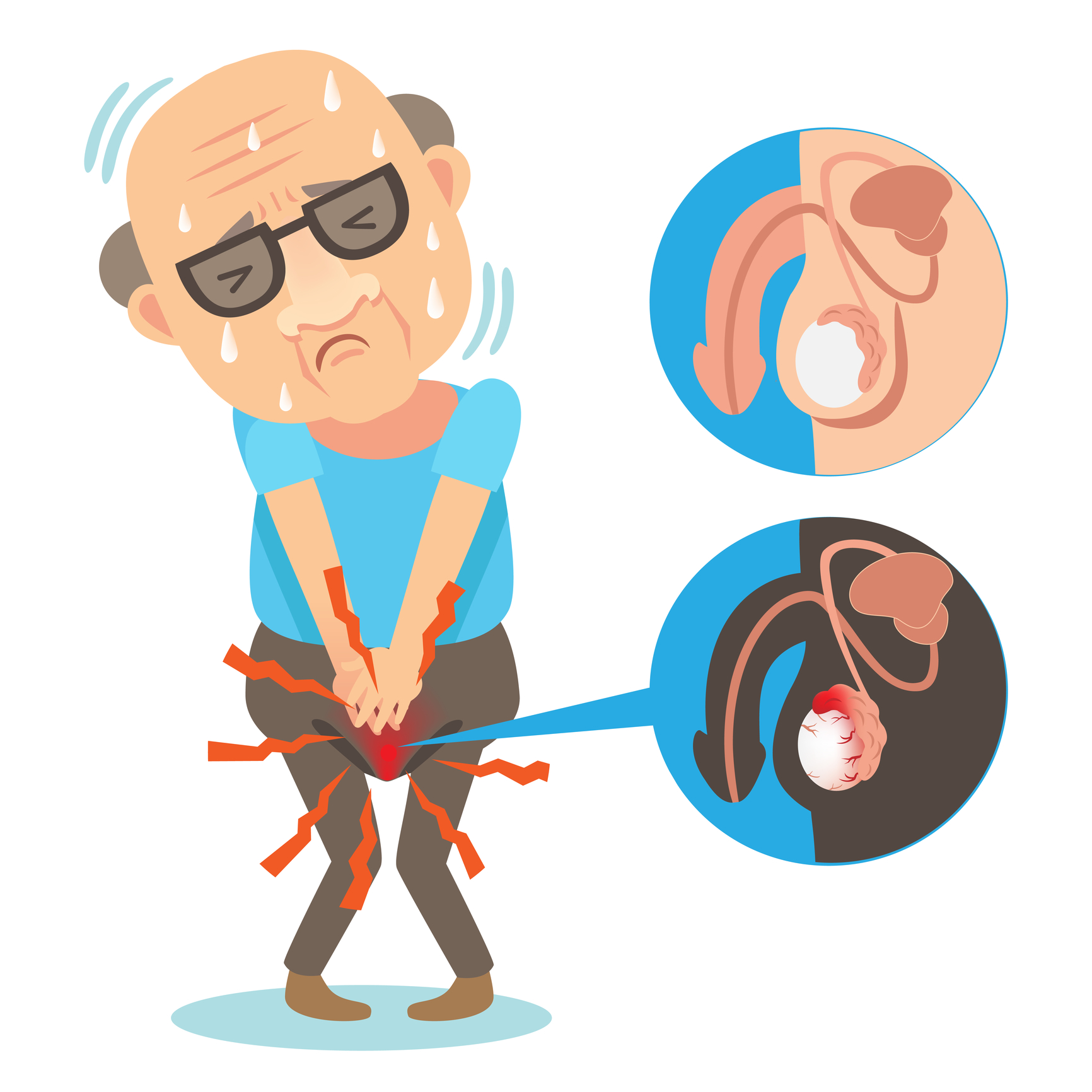
This most obvious and visible sign of testicular cancer is a lump on the testicle or swelling of the testicle itself. This is often the first symptom and one a man can recognize immediately if he practices regular self-exams. It is important to note it is normal for some men to have one testicle larger than the other or one to droop lower. If the lump is diagnosed as a tumor, it may or may not be painful.
8. Testicle Changes
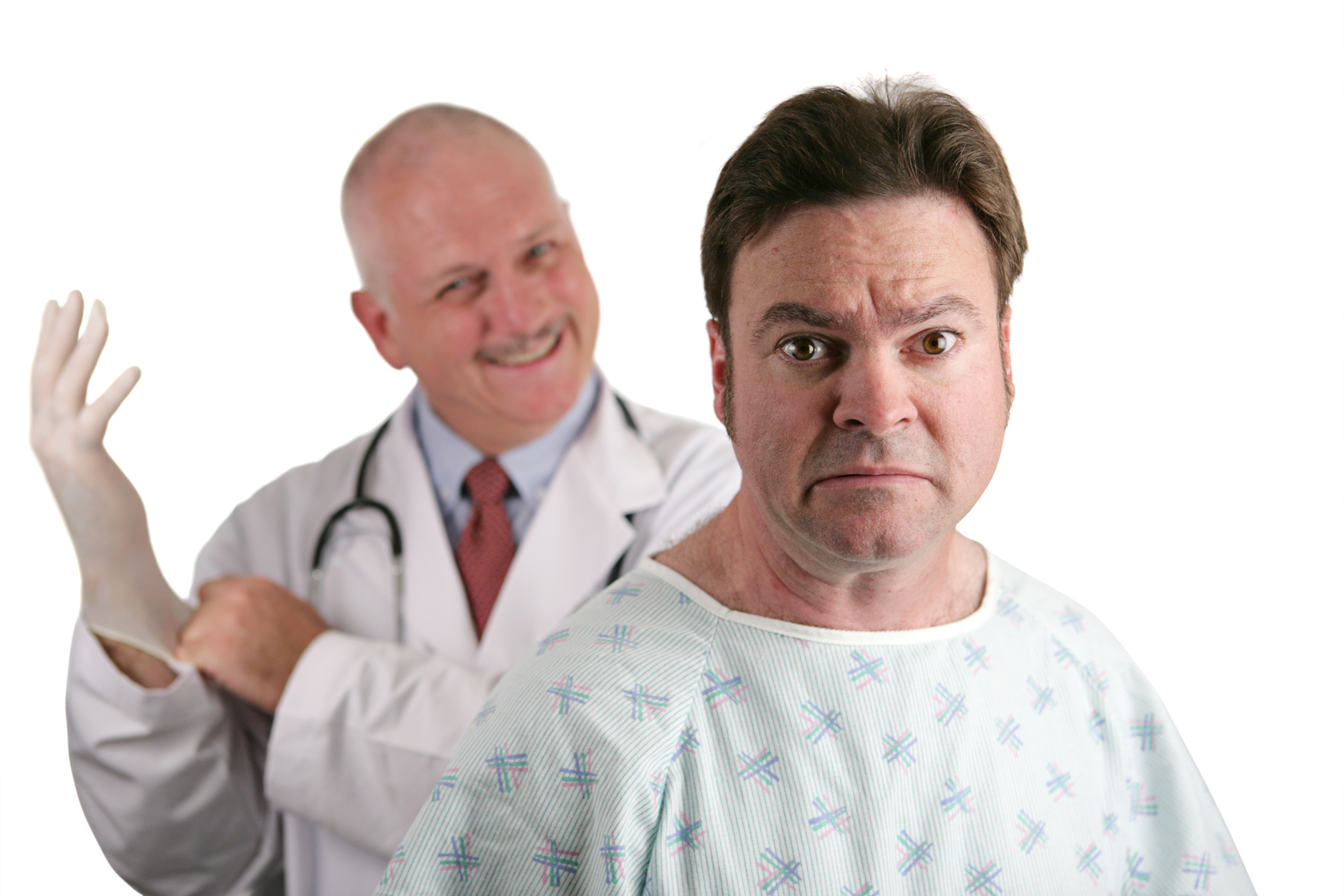
A significant and noticeable change in the testicle is in the way it feels. If one testicle becomes harder than the other or is either larger or smaller than the other, it is a sign to have it examined by a doctor. Typically, the size difference occurs as a measurable decrease from normal, but any enlargement should be of concern. A man may also have a heavy feeling in the scrotum.
7. Abdominal Or Groin Pain
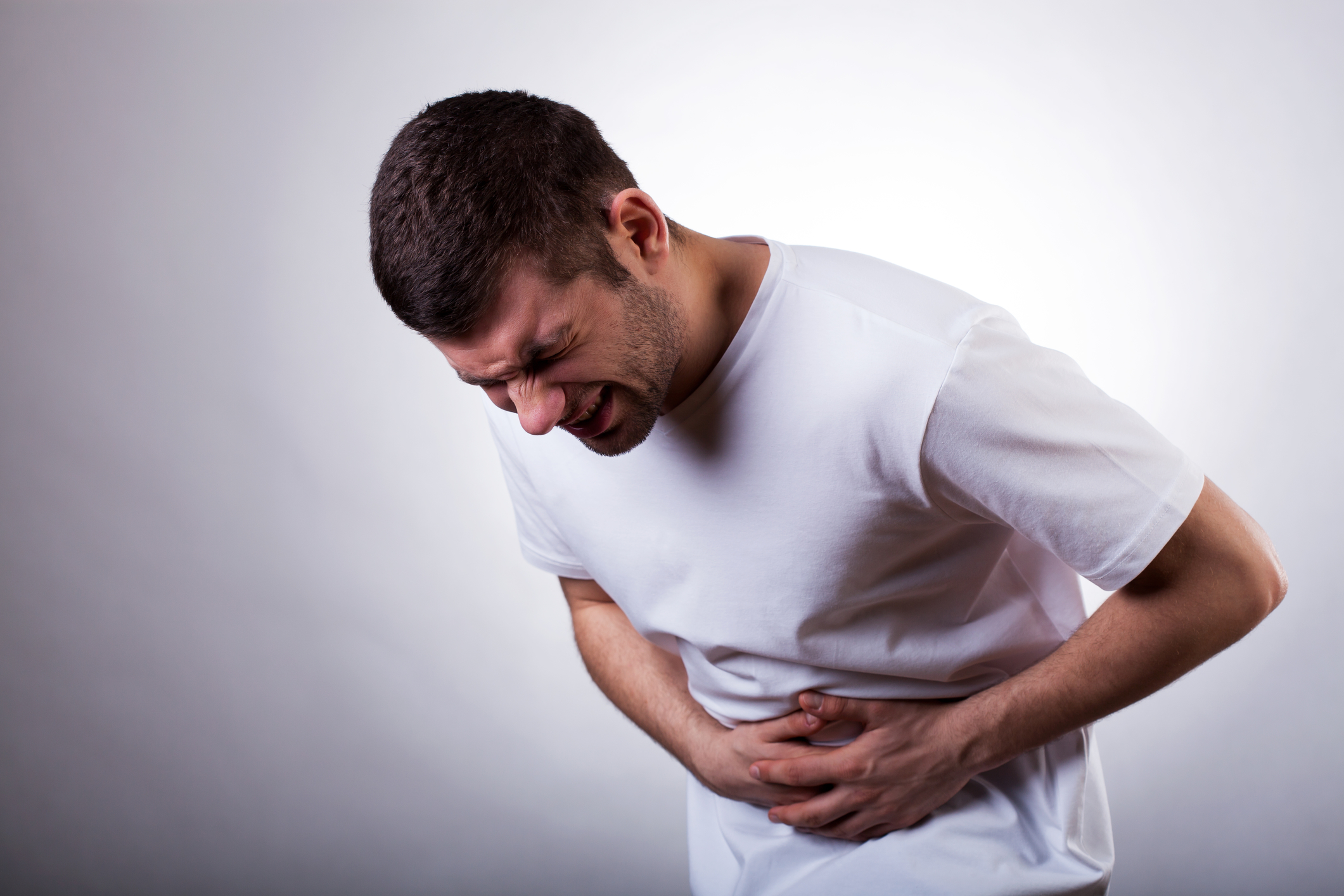
Abdominal pain from testicular cancer usually occurs if the cancer has spread to the lymph glands. These are the glands on the back of the stomach, but it could also spread to other lymph glands in the body, including near the collarbone and neck. There could be lumps there, which would signal a call to the doctor is warranted. Pain in the testicle or scrotum is rare and happens in about twenty percent of patients.
6. Fluid
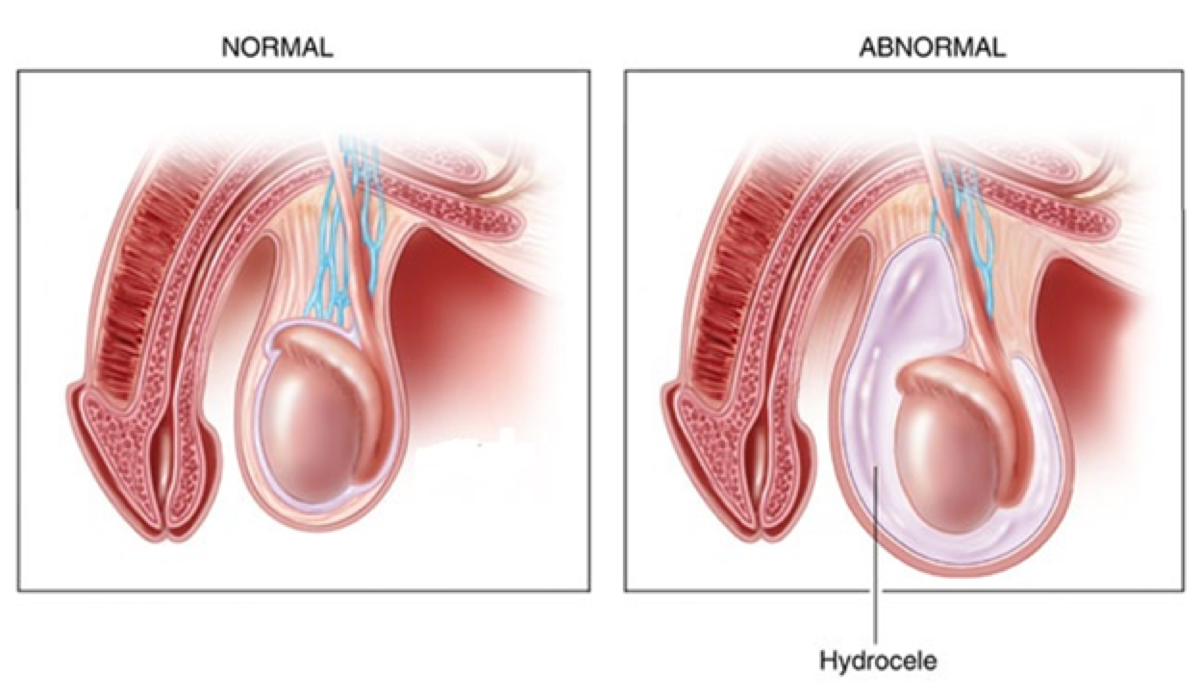
Fluid associated with the testicles comes in various forms besides semen. First, a non-cancerous cyst called an epididymal cyst is fluid-filled and about the size of a pea. As a cancerous tumor grows, it might cause the area to become irritated, and a build-up of tissue fluid could occur around the testis and in the scrotal sac. On the rare occasion, bleeding in the scrotal sac may happen. These fluids could make the testicle appear swollen.
5. Breast Changes
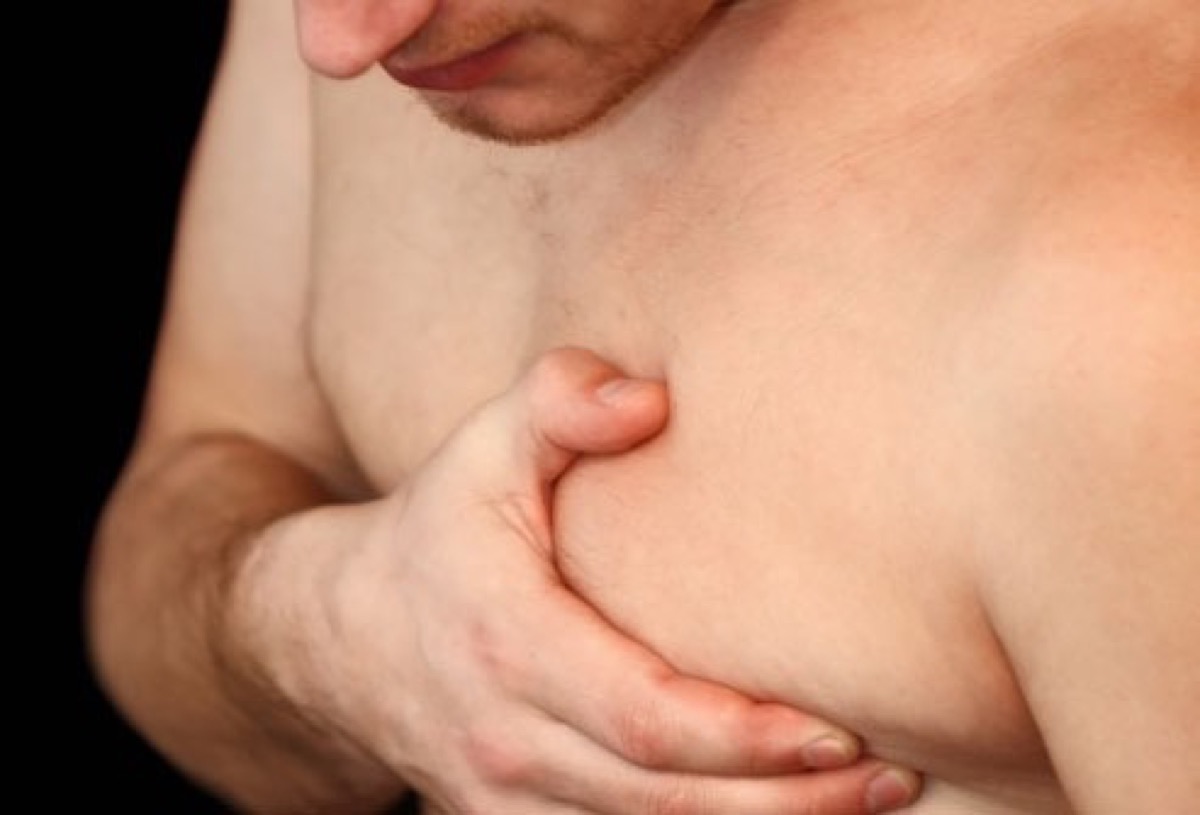
In some rare instances, men may experience breast growth or soreness. This is caused by germ cell tumors. Occasionally these cells will release excessive amounts of the hormone, human chorionic gonadotropin (HCG), which triggers breast growth. Another type of cell tumors called Leydig have similar results, but the stimulation of breast development is from their production of estrogen. He may also experience loss of sex drive at this point.
4. Back Pain

In the later stages of testicular cancer, a man may suffer lower back pain. In one case, the pain increased over time and continued to shoot down to the patient’s thighs. From there, one of his thighs became numb and week. By this time, he had an examination of his scrotum, which showed a mass had formed. It was a tumor, and the cancer was already graded at Stage Four. Chemotherapy helped ease the symptoms and removed the cancer.
3. Blood Clot
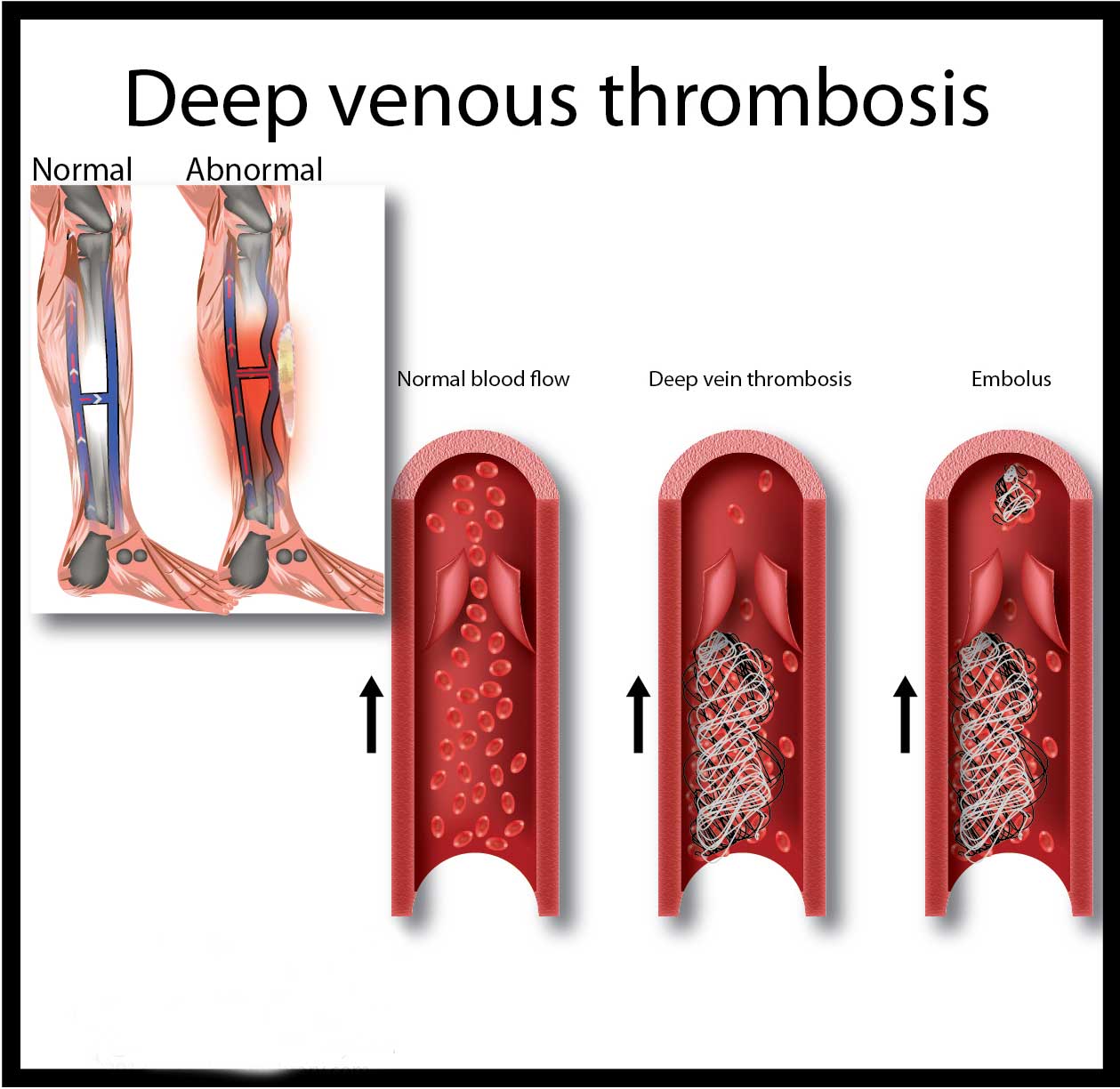
A man might have a blood clot if he has swelling of one or both legs or experiences a shortness of breath. This symptom of testicular cancer, called deep venous thrombosis (DVT) when the blood clot is in a large vein, should not be ignored. It can sometimes present itself as the disease’s first symptom. Similarly causing a shortness of breath is the result of a clot in an artery in the lung, called a pulmonary embolism.
2. Persistent Cough
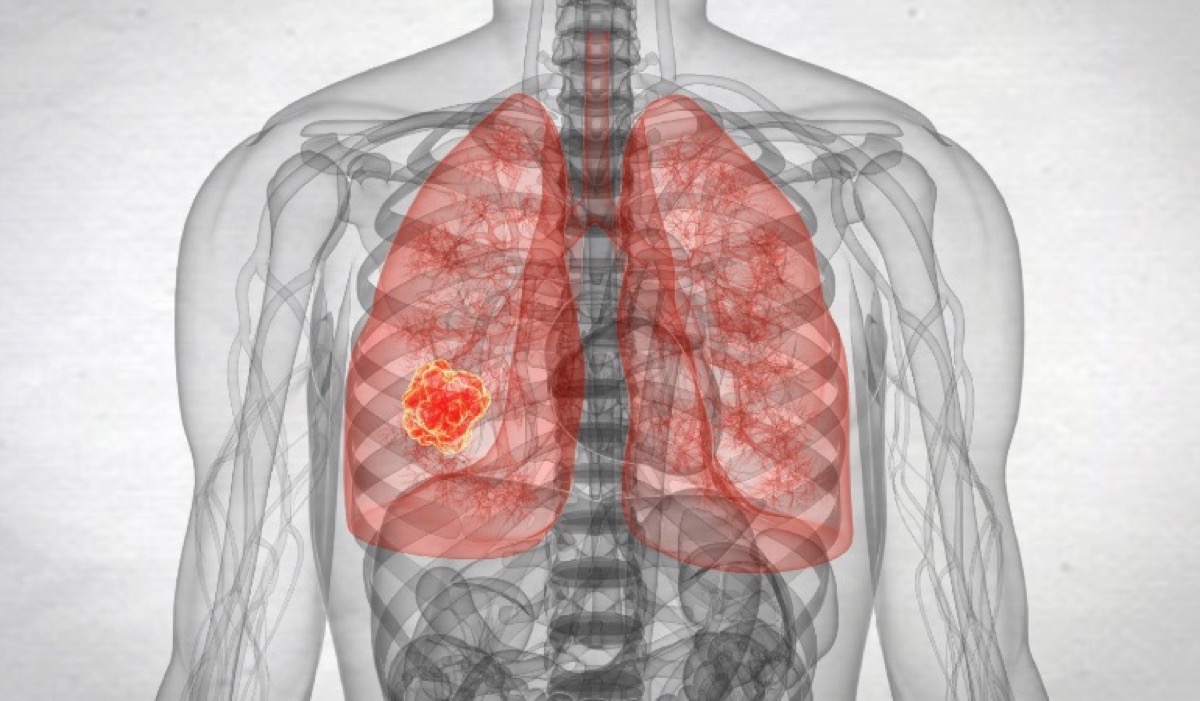
One of the main signs of the spread of testicular cancer to the lungs is a cough and could include coughing up blood. This happens when the cancer is in an advanced Stage Four. When other cancers spread to the lung, it is different than primary lung cancer and is called lung metastasis. Lung metastasis also includes symptoms such as shortness of breath, chest infections, chest pain, and weight loss.
1. Swollen Glands

If testicular cancer has metastasized to other parts of the body, a man might notice swelling around the neck area, pelvis, or chest. The most common place to which testicular cancer spreads is the lungs. The liver and bones are usually next in advanced stages. It can spread to one or several different areas and is considered ‘distant metastasis’. Rarely does testicular cancer affect the brain, but it is possible if the original tumor is a choriocarcinoma.
